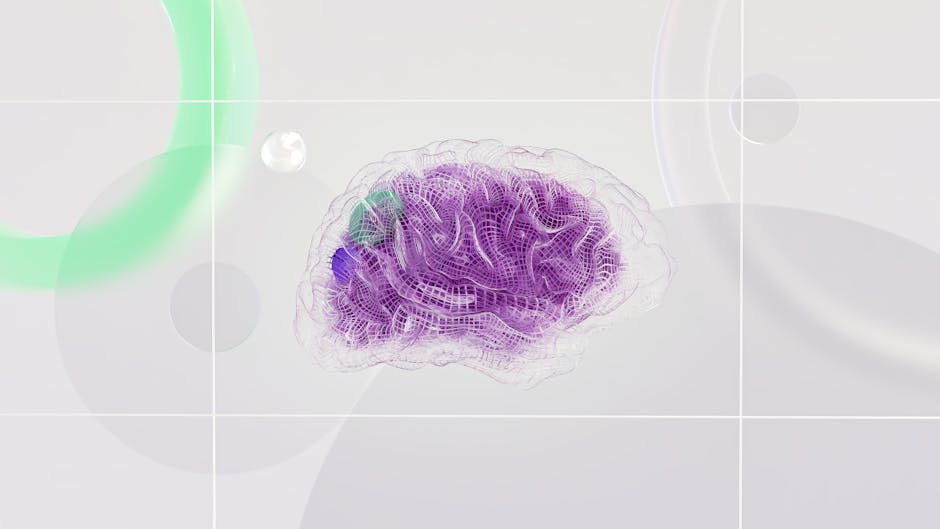Brain Dead: Understanding the Spectrum of Neurological Impairment
The term “brain dead” evokes a powerful image of irreversible loss, a complete cessation of brain function. However, the reality is more nuanced and complex than a simple binary of alive or dead. Understanding the intricacies of brain death requires delving into the neurological processes involved, the diagnostic criteria used, and the ethical considerations surrounding this critical state.
Defining Brain Death: A Neurological Cessation
Brain death, also known as irreversible coma, represents the complete and irreversible cessation of all brain functions, including the brainstem, which controls vital functions like breathing and heartbeat. It’s not simply a loss of consciousness; it signifies the permanent loss of all brain activity.

Unlike a vegetative state or minimally conscious state, where some brain function may remain, brain death signifies the complete and permanent absence of any neurological activity. This is a crucial distinction because it determines the prognosis and legal implications surrounding organ donation.
Diagnostic Criteria: Establishing Brain Death
Diagnosing brain death is a rigorous process, requiring a multidisciplinary approach involving physicians experienced in neurology and intensive care medicine. The diagnostic criteria vary slightly across jurisdictions but typically include the following:
- Irreversible coma: The patient is unresponsive to any stimuli, including painful ones.
- Absence of brainstem reflexes: This includes the absence of pupillary response to light, corneal reflex, gag reflex, and oculocephalic (doll’s eyes) and oculovestibular (caloric) reflexes.
- Apnea test: A test to confirm the absence of spontaneous breathing after disconnecting the ventilator, which requires careful observation and monitoring.
- Confirmation of the underlying cause: The cause of the brain injury must be determined, excluding reversible causes such as drug intoxication or hypothermia.
- Neuroimaging studies (optional but often used): Brain scans, such as CT or MRI, may be used to visualize the extent of the brain injury.
These tests must be conducted meticulously, with careful documentation to ensure accuracy and reduce the risk of misdiagnosis. Two experienced physicians independently perform the examination, confirming the absence of any neurological function.
The Ethical Considerations Surrounding Brain Death
The diagnosis of brain death raises complex ethical and legal questions, particularly concerning organ donation. The ethical considerations revolve around the definition of death, the possibility of misdiagnosis, and the management of the body after diagnosis.
One central ethical issue is determining the precise moment of death. Historically, death was defined by the cessation of cardiac and respiratory function. However, with advancements in life support technology, the definition of death has evolved to encompass brain death. This shift has led to debates about the nature of personhood and the value of life when brain function is absent.
The Role of Organ Donation in Brain Death
The diagnosis of brain death often paves the way for organ donation. Organ donation is a vital process that provides life-saving organs to individuals in need. Because the brain no longer controls the body’s functions, organs can be harvested and transplanted into recipients. This is a crucial aspect of modern medicine, improving the lives of countless people.

Brain Death vs. Vegetative State: Key Differences
It’s essential to differentiate brain death from other conditions that involve profound neurological impairment, particularly the vegetative state. In a vegetative state, the patient is unconscious but may retain some brainstem reflexes. Their heart and lungs continue to function, but they lack higher-order brain functions like awareness and cognitive abilities. This is a significant difference from brain death, which represents the complete cessation of all brain function.
Minimally Conscious State and Other Neurological Conditions
Similarly, it’s crucial to distinguish brain death from a minimally conscious state (MCS). Individuals in an MCS may exhibit minimal signs of awareness or purposeful behavior, but they still retain some level of brain function. This is a critical difference from brain death, where no brain activity is detected.
Other neurological conditions that may be confused with brain death include coma, persistent vegetative state, and locked-in syndrome. Each condition has its own specific characteristics and diagnostic criteria, emphasizing the need for careful medical evaluation.
The Impact of Brain Death on Families and Loved Ones
The diagnosis of brain death has a profound emotional impact on families and loved ones. The grieving process is complex and may involve a range of emotions, including denial, anger, grief, and acceptance. Support from medical professionals, family, friends, and grief counselors is crucial during this difficult time.
Advances in Research and Understanding of Brain Death
Ongoing research continues to refine our understanding of brain death and improve diagnostic techniques. Advances in neuroimaging and electroencephalography (EEG) provide further insight into brain activity, making diagnosis more accurate and reliable. This ongoing research plays a vital role in supporting both clinical practice and ethical considerations surrounding this critical neurological condition.
Conclusion: A Multifaceted Understanding
Brain death is a complex medical and ethical concept, signifying the irreversible cessation of all brain function. The diagnostic criteria are rigorous, involving multiple tests and confirmations. Understanding the nuances of brain death is critical for accurate diagnosis, ethical decision-making, and the potential for organ donation. Ongoing research continues to advance our understanding, improving the care and support provided to patients, families, and loved ones affected by this devastating condition.


